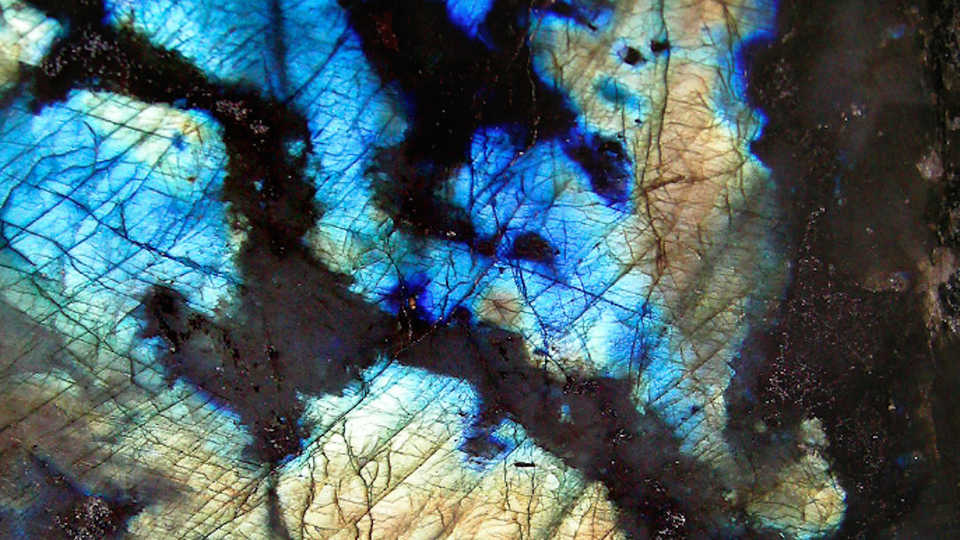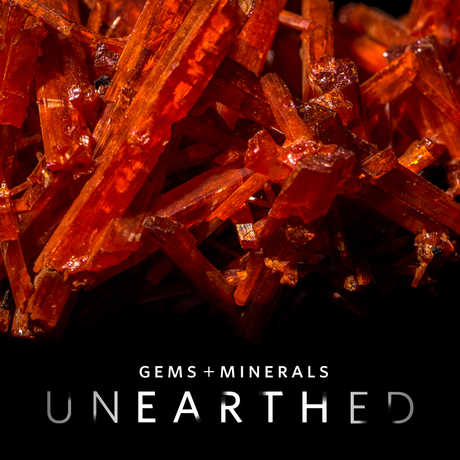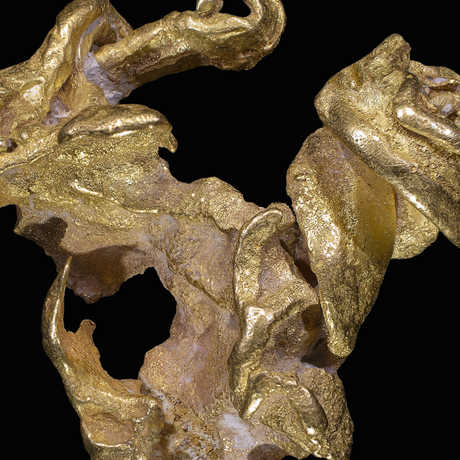Science News
Mineral Mondays: Silicates

From the sand underneath our feet, to the watches on our wrists, we can’t escape the undeniable influence of silicates. Simply put—they’re everywhere.
Roughly 90 percent of Earth’s crust is made up of silicate minerals. (The rest is mostly made up of oxide minerals—more on those next week!) These silicates, all of which contain silicon and oxygen atoms, are the basis of rock-forming minerals such as quartz, feldspars, micas, olivines, pyroxenes, and amphiboles.
Silicates have a distinct crystal shape: four oxygen atoms bonded to a silicon atom create a pyramid-like structure called a tetrahedron. Other elements like magnesium, calcium, and aluminum can attach themselves to this tetrahedron. These tetrahedra can form their own elaborate structures, some in chains, some in sheets, and some in what scientists call a “framework.”
Some silicates form deep beneath Earth’s surface. As molten magma begins to harden, crystals slowly form. Other silicates can form in the spaces between rocks. As superheated liquids flow through cracks, they grab particles from the rocks around them, which then precipitate into mineral veins. If there is enough space in the cavities where these minerals form, large crystals can grow.
In one particular group of silicates—the feldspars—some of the silicon atoms are replaced by aluminum atoms. This attracts other elements like calcium, potassium, and sodium which push their way into the crystal structure. Feldspars are especially abundant in Earth’s crust and are an important part of the rock cycle.
It’s not just their abundance that make feldspars noteworthy; they’re pretty useful, too. Feldspars are the second most important ingredient in the production of ceramics (clay is the first). They’re also used in the production of industrial materials because of their ability to lower the melting point of minerals like quartz—which makes it easier and cheaper to produce things like glass.
Labradorite, a type of plagioclase feldspar, which is most often found in magnesium-iron rich igneous rocks like basalt and gabbro, has long been admired for its beauty. While it takes its name from the Labrador region in Canada, where it was first discovered, there are several other locations around the globe where it can be found.
The most striking characteristic of labradorite is its labradorescence. While typically gray, polished labradorite can reveal a myriad of different hues: rich blues, vibrant yellows, and radiant greens. Distinct from iridescence, which happens on the surface of an object—say, a butterfly wing or a soap bubble—labradorescence originates deep inside the mineral. As light waves enter the mineral, they are refracted off of microscopic twin planes within its structure; this causes the light to scatter in different directions which results in the rainbow appearance that labradorite is known for.
Nearly everything we do is influenced by the materials beneath our feet. Take a look around and you’ll see that the world around us is powered by silicates.
Curious about quartz? Obsessed with olivine? Explore silicate minerals at the Academy’s upcoming Gems and Minerals Unearthed exhibit opening on September 30.
Image: Prokofiev/Wikipedia

